Azure Data Studio has a number of great features. When including the extensions, it has even more functionality. Azure Data Studio allows for the creation of extensions to add or build on to the native functionality of ADS. The question my come up in your mind, “How do I provide Feedback?”.
Feedback is very important to the Azure Data Studio team. While I personally do not know any member of the team, if have attended sessions presented by them and they are very open to community members providing feedback. All in an effort to continuously improvethe tool! Just another reason why the SQL Server community is a great one to be a part of.
If we look at ADS, there is the application itself and the extensions. The extensions come from a number of different places. Companies like Microsoft and RedGate are just a few. A large number of the extensions are provided by the community. Providing feedback for the extensions can be done a number of different ways. Most will let you report issues on their GitHub site. Microsoft has built into ADS a place to provide feedback. This can be found in the lower right corner of Azure Data Studio. The smile face!!
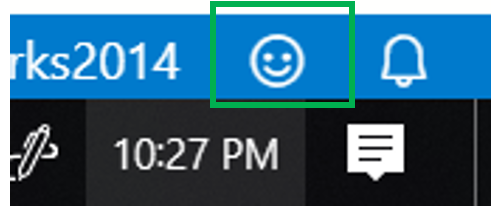
If you have the latest version of Azure Data Studio, as of March 10, 2020, the smiley face is now a different icon. See below.

If you do not see the Smiley face, right click on the Status bar and you will see this menu. Click the “Tweet Feedback” item.
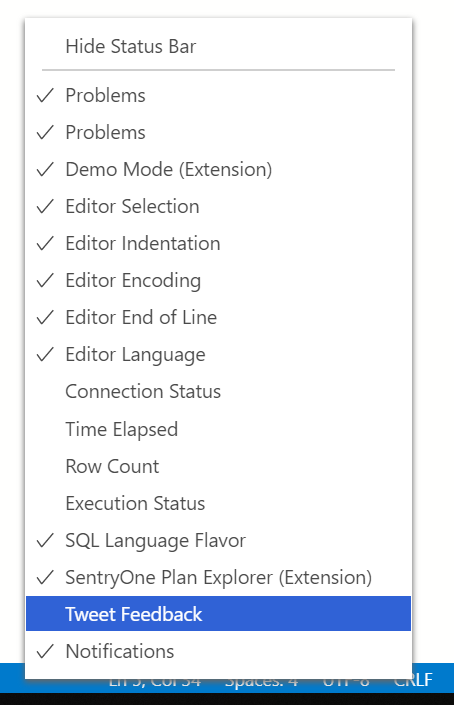
Simply click it Smiley Face and you will see the form below.
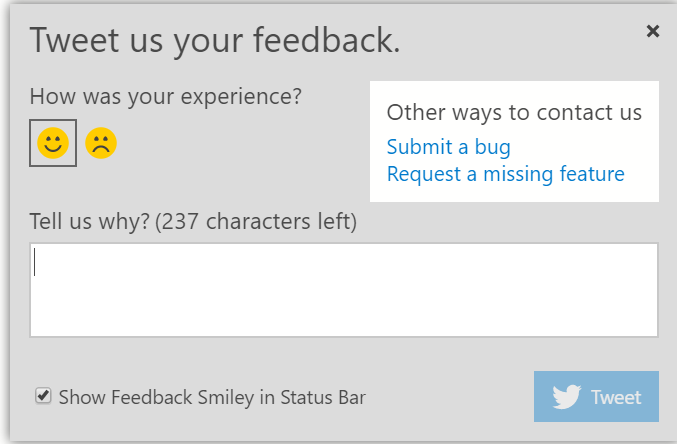
As you can see there are a few pretty obvious items. Starting with the faces, smiley and frown. These can not only be used to help express your feelings about something, it can also dictate the number of charaters you can use. A smiley face allows for 237 characters, while a frown face allows for 259 characters. This will allow you to Tweet your thoughts.
However, if you don’t want to use Twitter, you have a few other options. The image below shows the two options, “Submit a bug” or “Request a missing feature”.

These will take you to different places. Starting with “Request a missing feature”. You will be taken to the GitHub location for Azure Data Studio. You can then complete the following form.
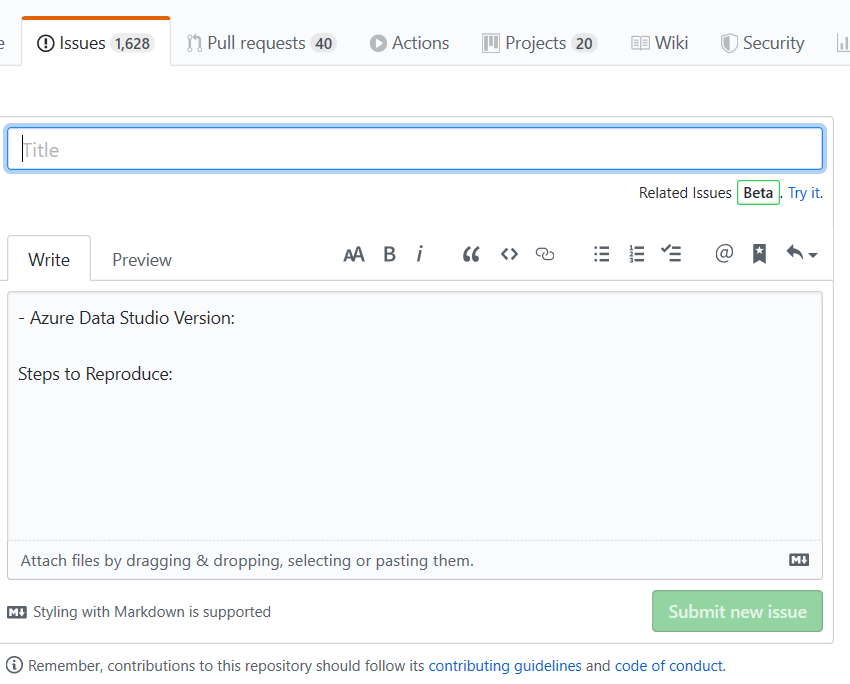
If this is your first time submitting an item, you will see a few links to the right of the above form. This is something you should read. This gives you the guidelines for submitting an issue as well the Code of Conduct.
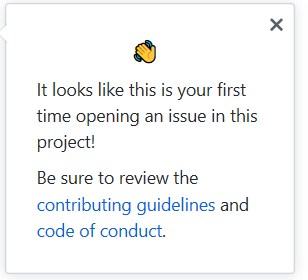
It is important to read both of these so you know what the rules and expectations are.
When you click “Submit a Bug” a new form will open up. It will look like the image below.
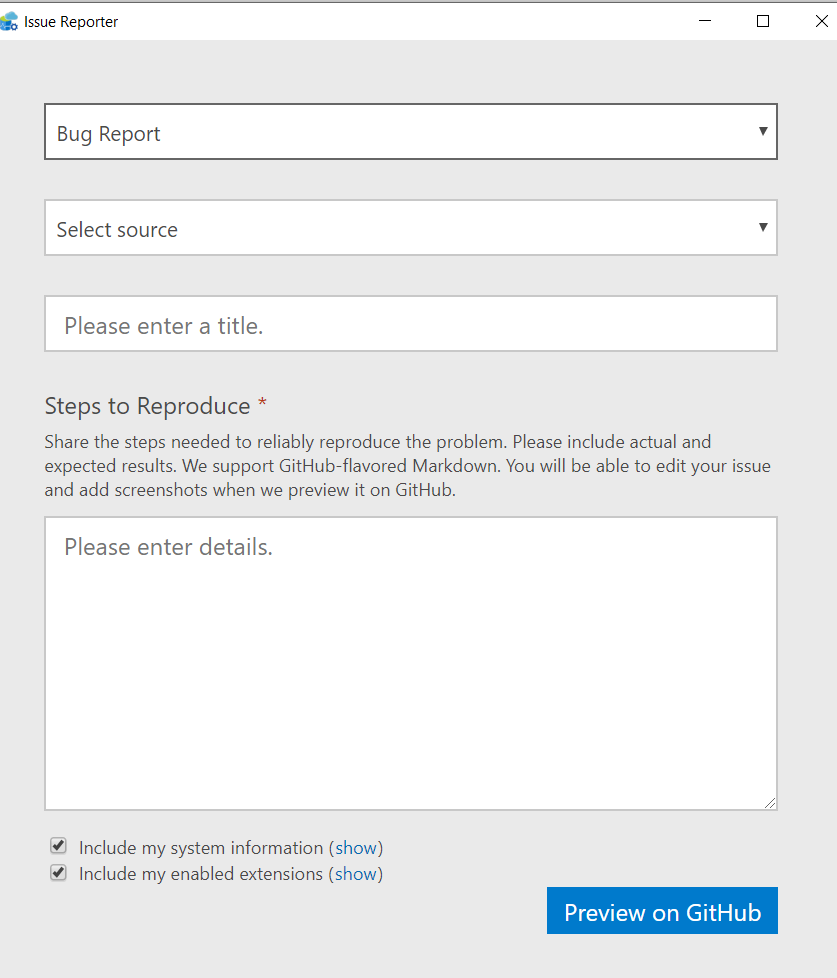
With the first drop down box you will see three options.
-
-
- Bug Report
- Feature Request
- Performance Issue
-
While the next drop down box, Select Source has a few options as well. These options include the following:
-
-
- Azure Data Studio
- An Extension
- I dont know
-
Sometimes you simply may not know what the source is. This is where the “I don’t know” option comes into play. When you chose ‘An Extension” an additional drop down box will appear. This new box will list out all the extensions you have installed.
Then give the issue a title and any steps needed to reproduce the issue. It is important to provide as much details as possible so the development team will have enough information to address the issue at hand.
Now that you have entered all the important information you are ready to click: Preview in GitHub. When you do this, ADS gives you a pretty good description of what the issue is and how we need to proceed.

When you click OK, you will be asked to login to GitHub. It is here you will need to paste what is on your clipboard or enter new comments.

Now you are ready to submit. Hopefully your suggestion will now be used to improve the Azure Data Studio end user experience.
Thanks for visiting my blog!!